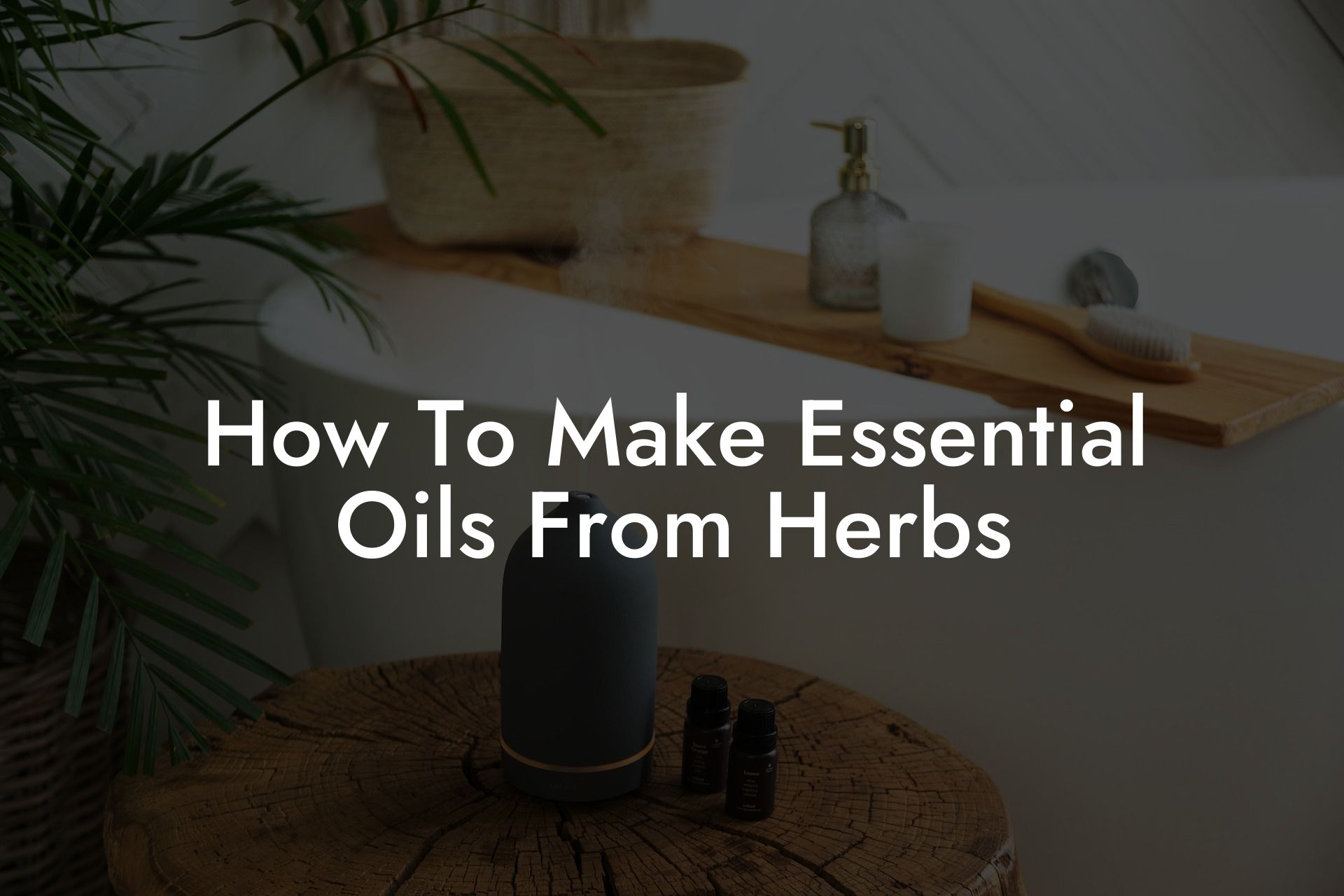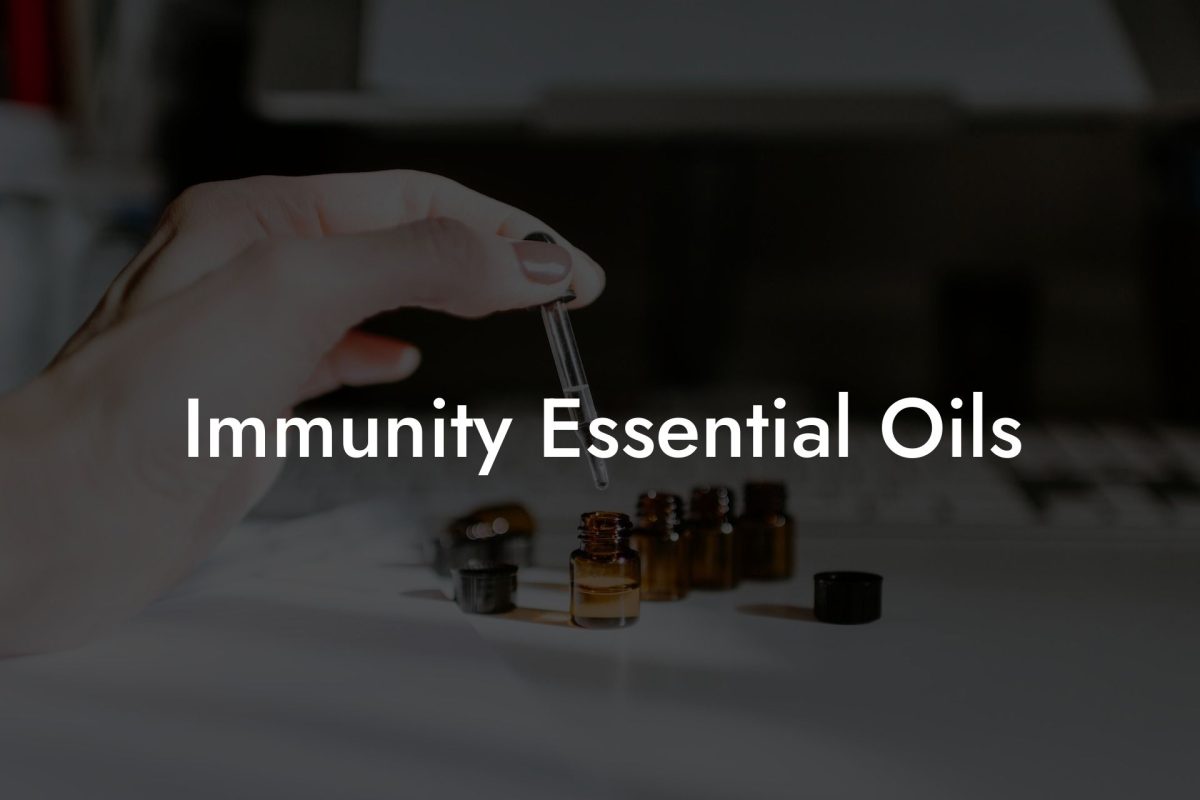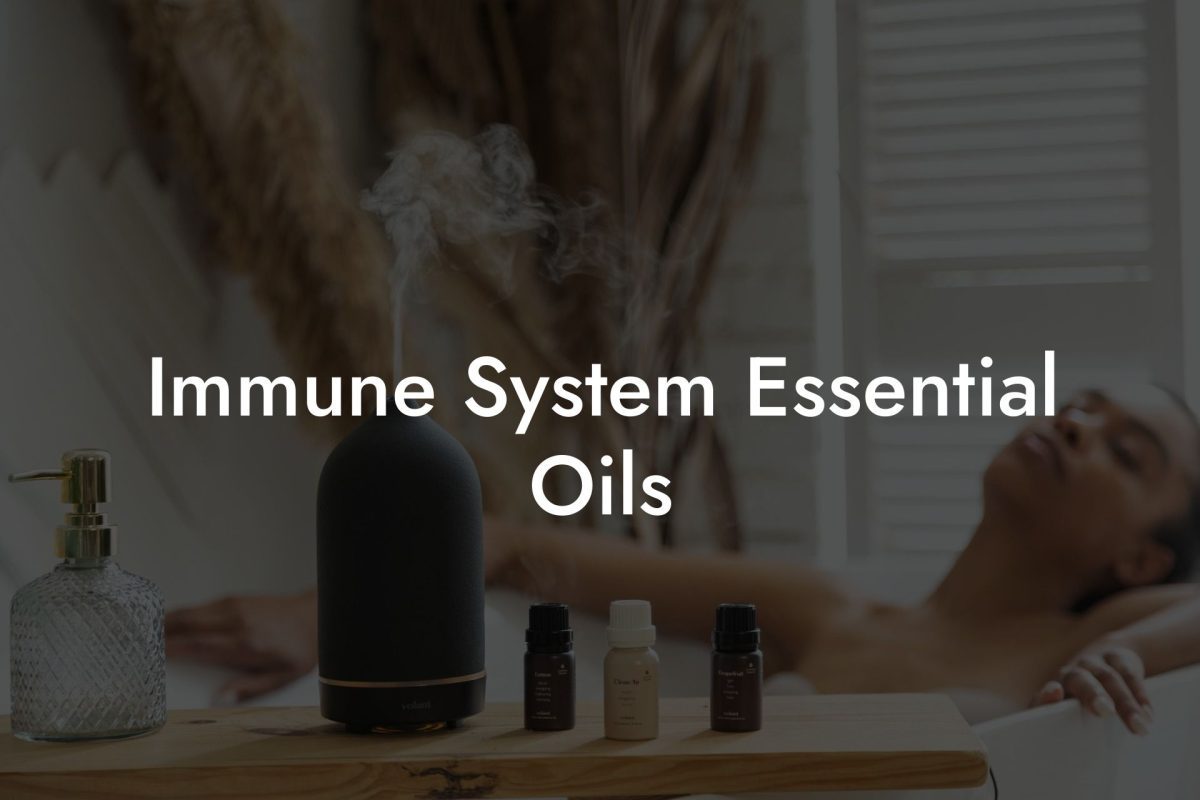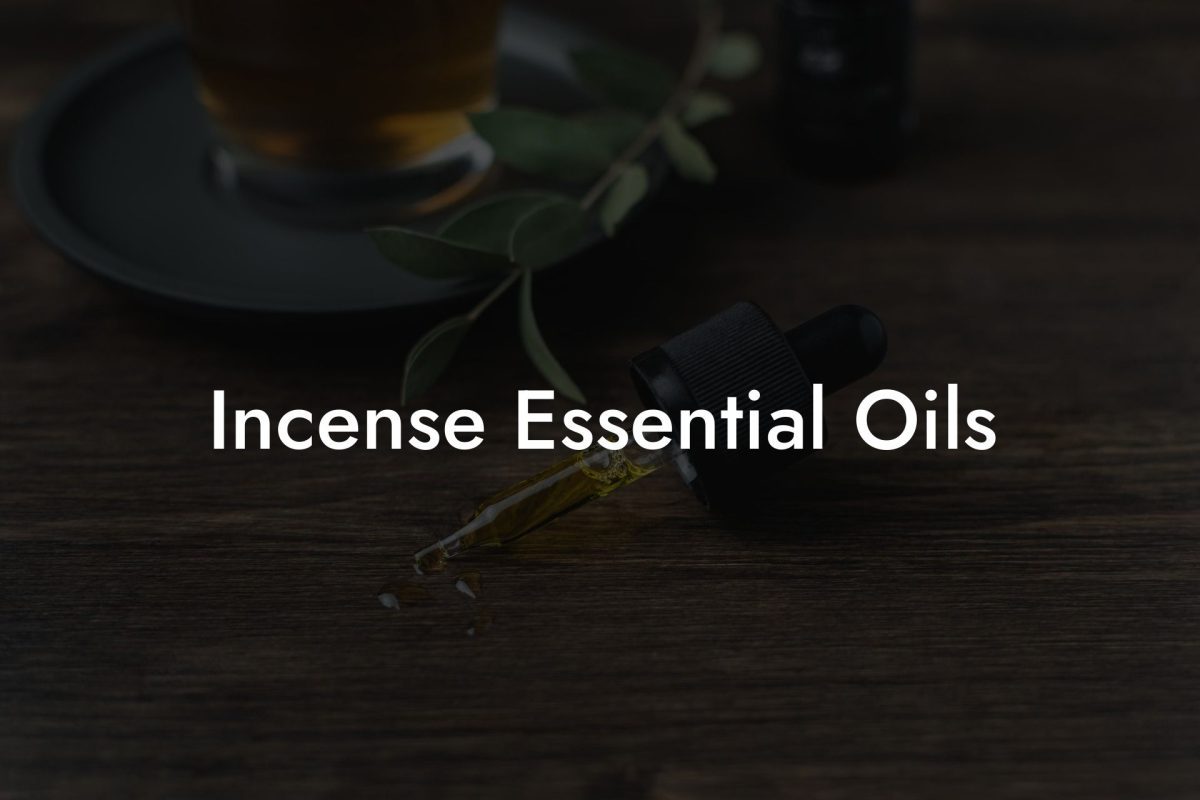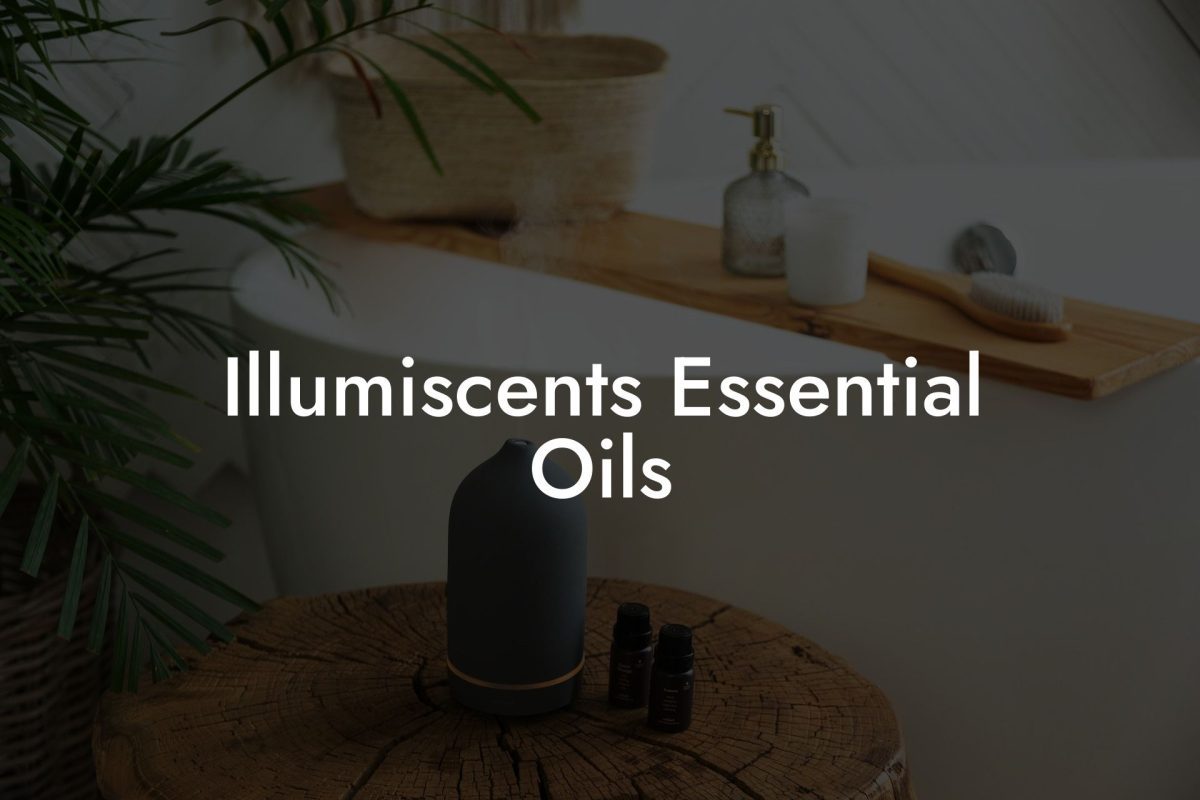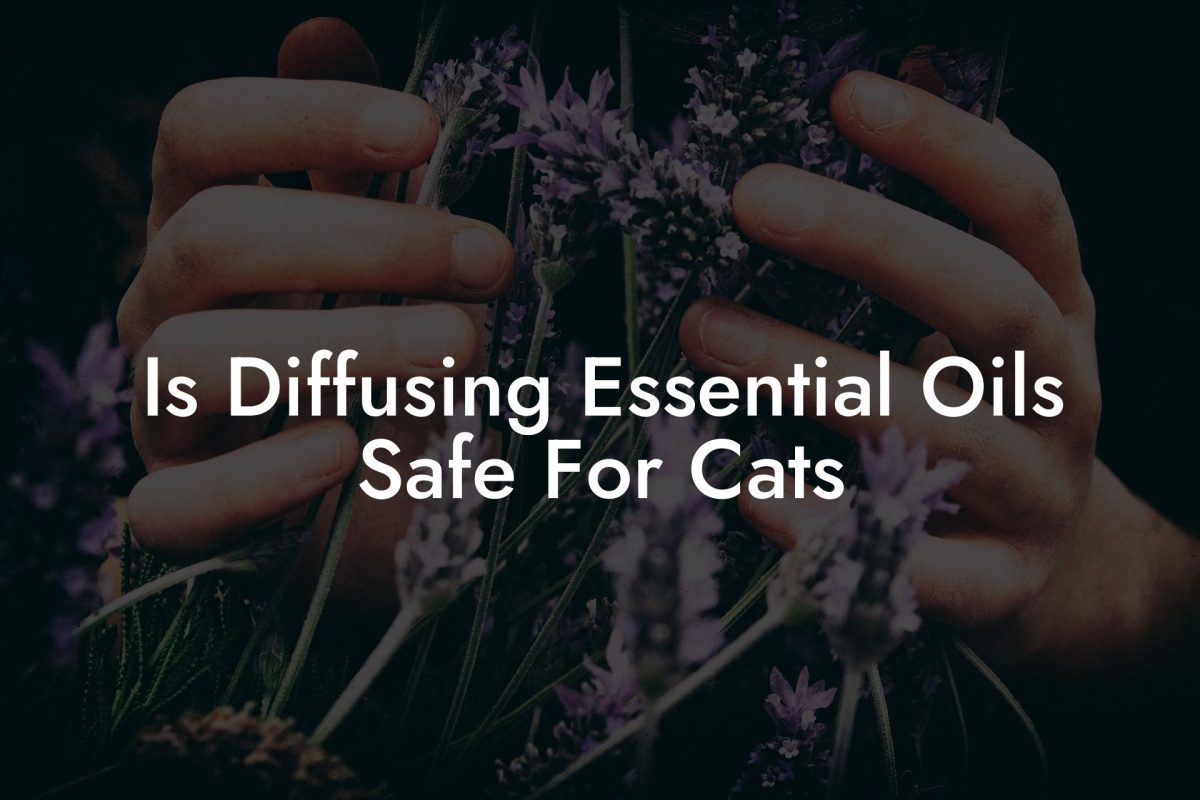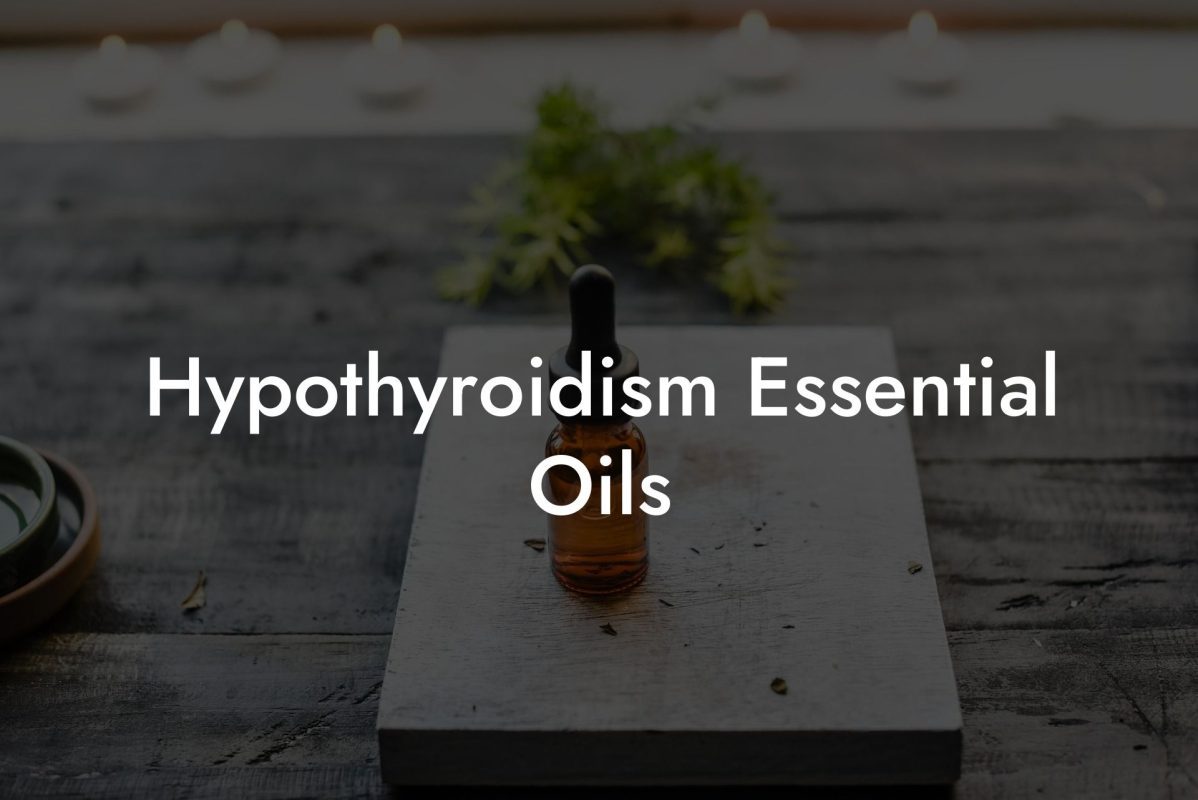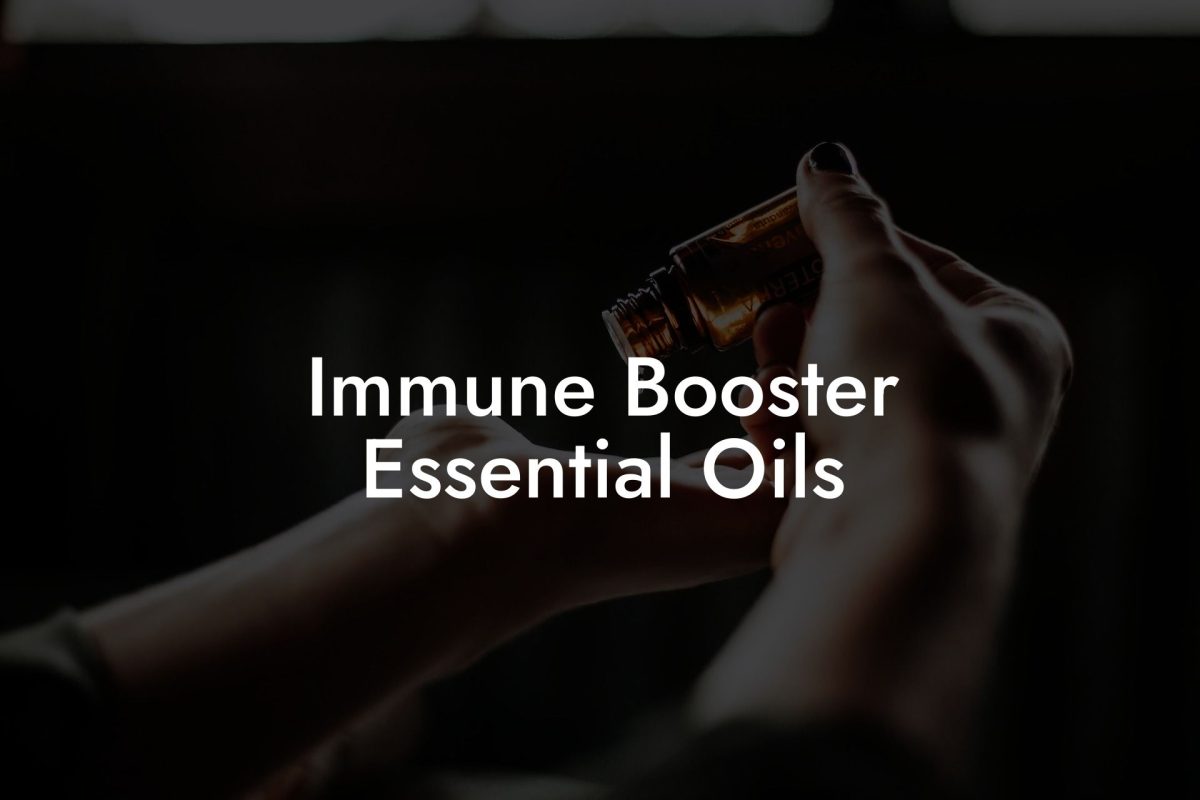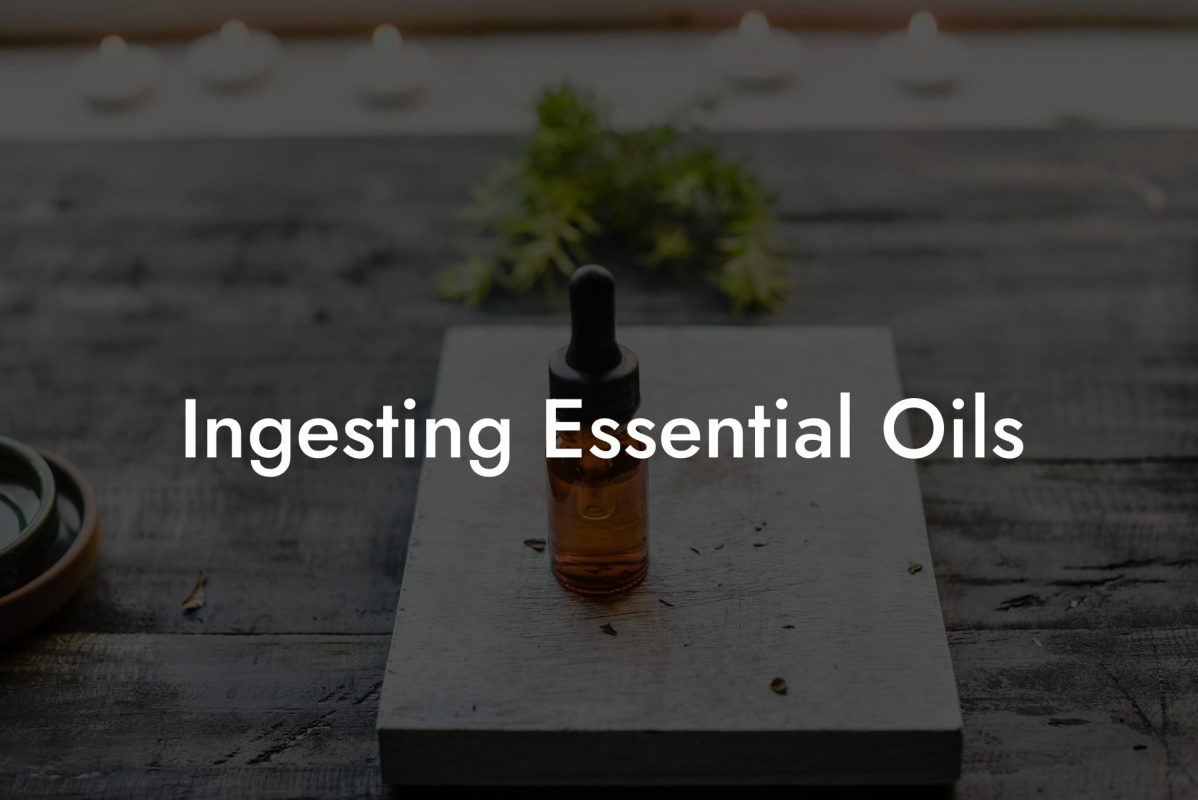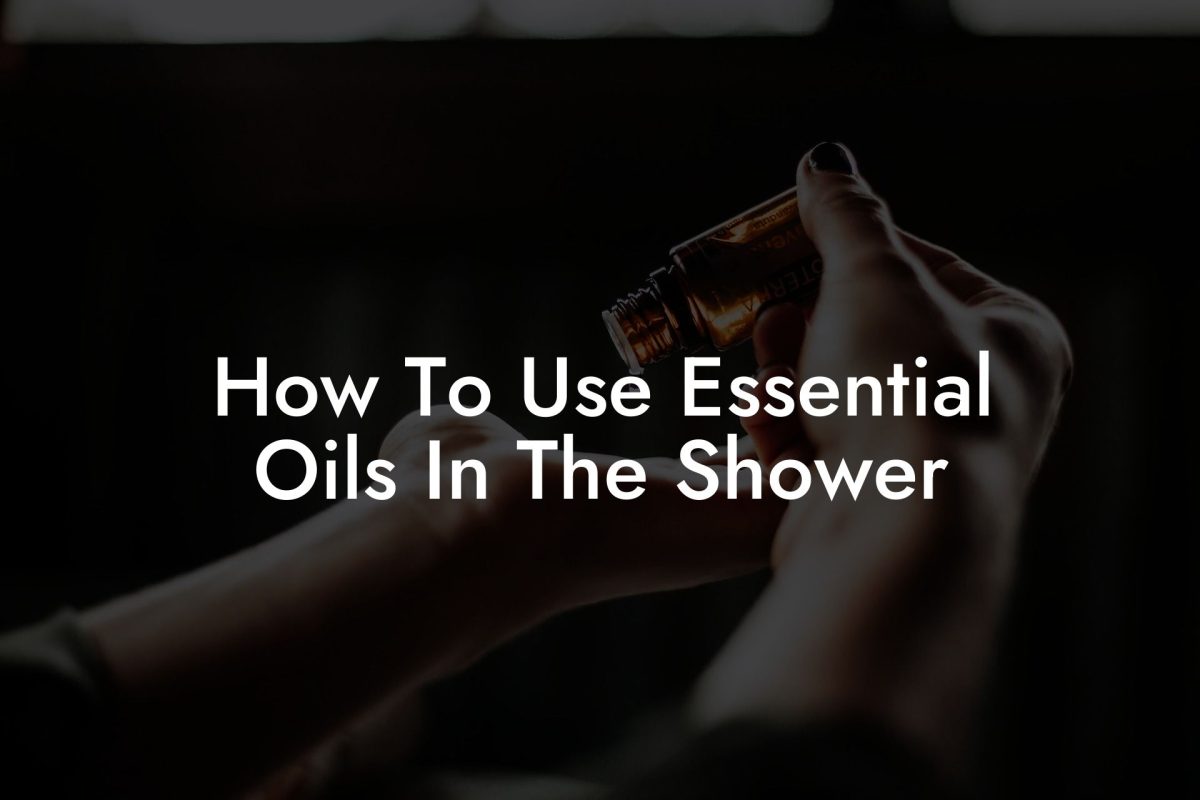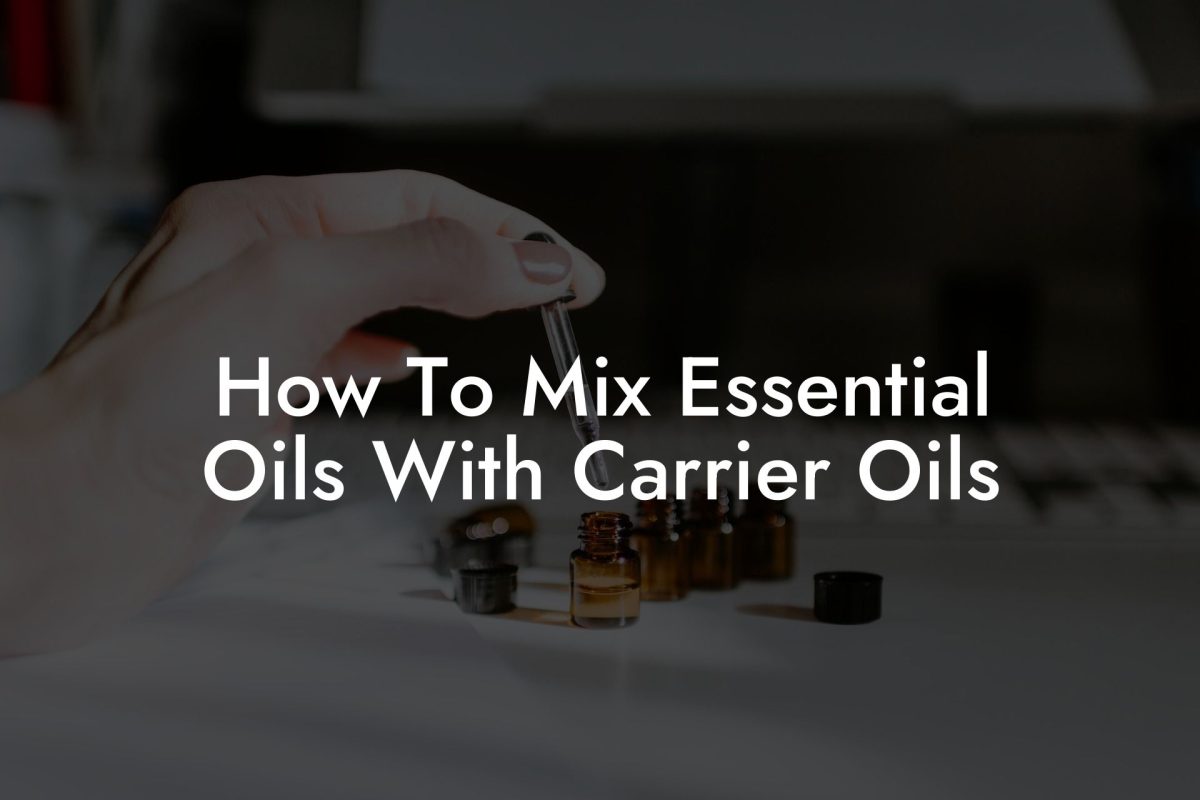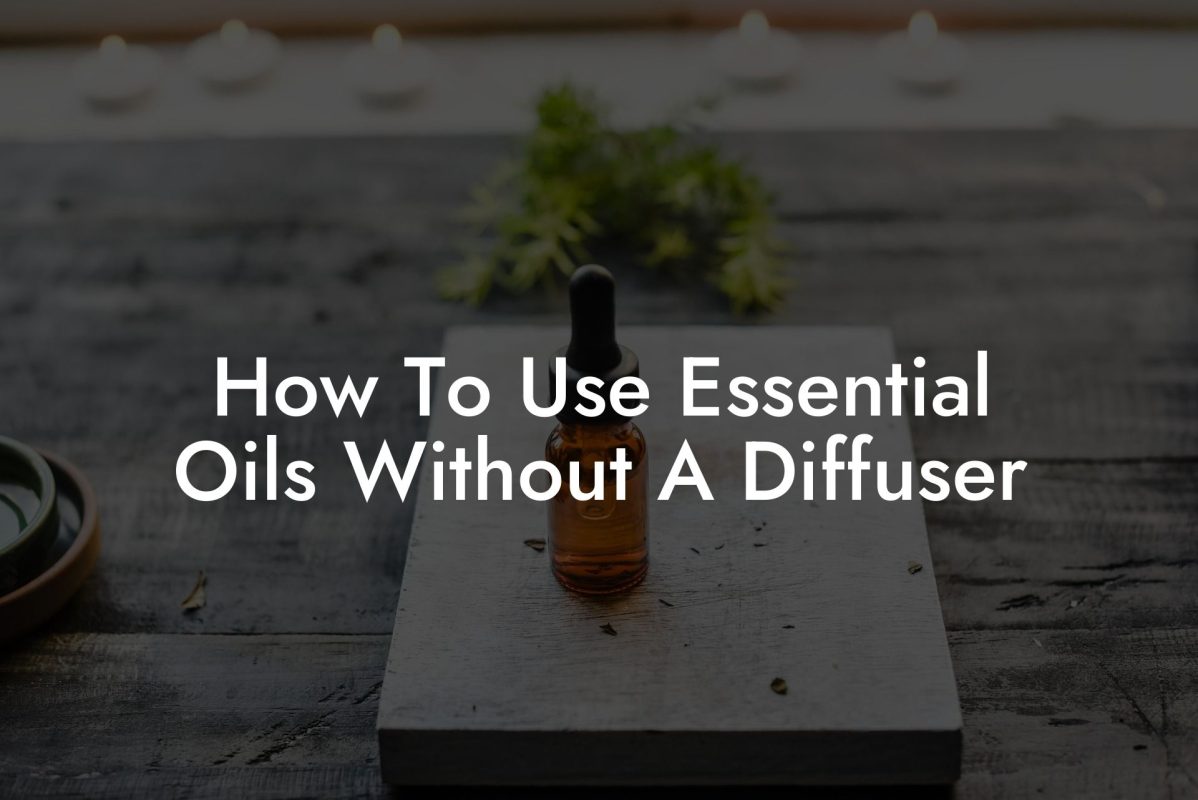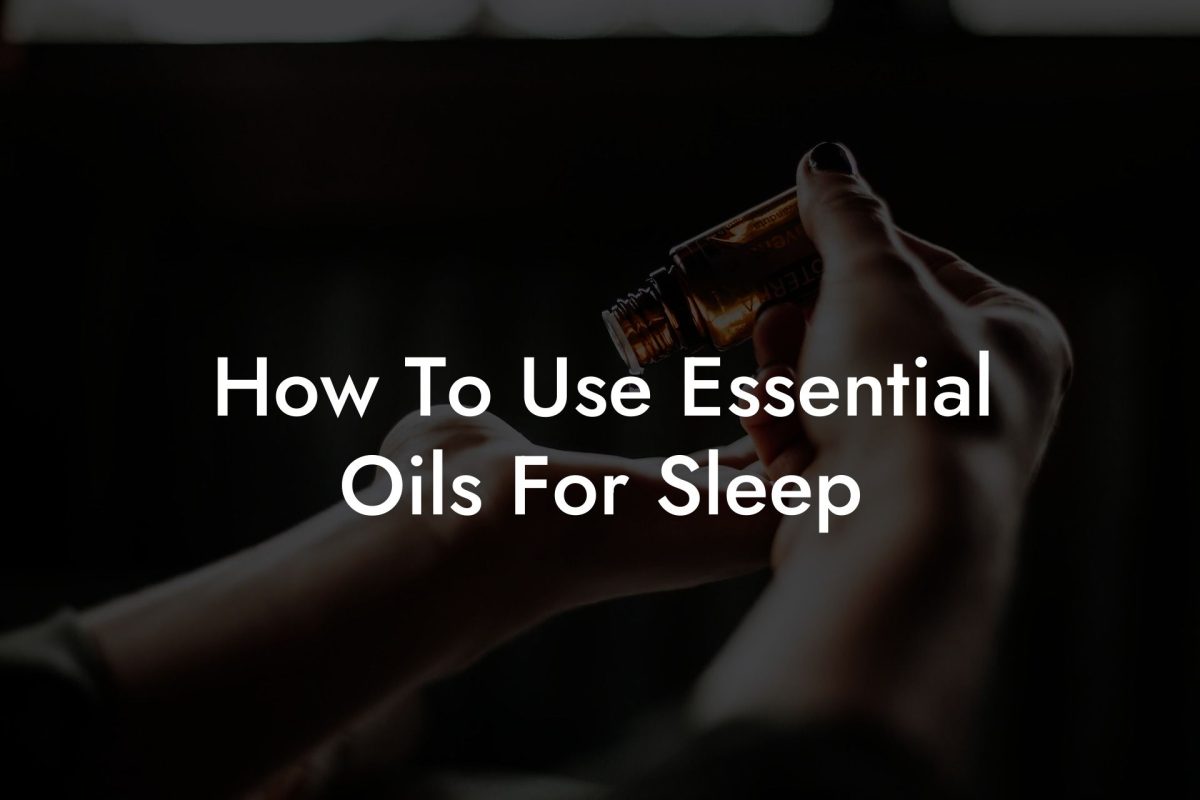Discover the art and science behind making essential oils from herbs in this comprehensive guide. Learn step-by-step instructions to create your very own homemade essential oils, bringing the therapeutic benefits of herbs to your daily life.
Table of Contents
Why Make Your Own Essential Oils?
Essential oils are highly concentrated extracts of plant material, containing the aromatic and therapeutic properties of the plant in a potent form. Making your own essential oils using herbs allows you to:
- Create custom blends tailored to your specific needs and preferences
- Be in control of the quality of your essential oils by using organic or locally-sourced herbs
- Reduce costs and ensure eco-friendliness by using sustainable, homegrown, or foraged herbs
- Gain a deeper understanding of the healing properties of plants and the process behind their extraction
Step 1: Choose Your Herbs
As a beginner, start with herbs that are easy to work with and known for their beneficial properties. Some popular options include:
- Lavender: renowned for its calming effects, improving sleep, and soothing irritated skin
- Mint: invigorating and energizing, it aids digestion and provides headache relief
- Rosemary: helps improve memory, fight inflammation, and stimulate blood circulation
- Chamomile: calming and soothing, it supports digestive health and reduces feelings of stress
- Eucalyptus: helps relieve respiratory issues, soothes sore muscles, and has antiseptic properties
When selecting herbs, ensure they are fresh, free of pesticides, and devoid of disease or damage. If possible, source your herbs from an organic source or your own garden.
Step 2: Choose a Method for Extraction
There are several at-home methods for extracting essential oils from herbs, with the two most popular being steam distillation and the simpler infusion method:
Steam Distillation
This complex method uses steam to extract the essential oil from the plant material before condensing it back into the liquid form. This is the professional method used by large-scale essential oil producers, but it can also be replicated at home with some basic equipment.
Infusion
This more straightforward method involves soaking herbs in a carrier oil over a period of time, allowing the oil to absorb the plant’s therapeutic properties. While not as concentrated as steam-distilled oils, infused oils still provide significant benefits for aromatherapy and skincare applications.
Step 3: Prepare the Herbs
Rinse the herbs thoroughly and pat them dry, taking care not to bruise or crush them. If using the infusion method, finely chop or tear the herbs to expose more surface area for better oil absorption. For steam distillation, leave the herbs whole or roughly chopped.
Step 4: Extract the Essential Oils
For steam distillation, follow these steps:
- Place the herbs in a steam distillation apparatus (either a professional-grade or homemade setup).
- Heat the water in the distiller, which will create steam that will pass through the herbs, releasing the essential oils.
- The steam and essential oil vapors will then pass through a cooling system, condensing back into a liquid form.
- Collect the condensed liquid in a glass container, separating the essential oil from the remaining water (hydrosol).
For infusion, follow these steps:
- Place the chopped herbs in a jar and cover them with a carrier oil (such as almond, jojoba, or coconut oil).
- Seal the jar and leave it in a warm, sunny spot for 2-4 weeks. Shake the jar daily to ensure maximum extraction.
- After the infusion period, strain the mixture through a cheesecloth or fine sieve, collecting the infused oil in a clean jar.
- Store your infused oil in a cool, dark place to maximize its shelf life.
How To Make Essential Oils From Herbs Example:
Imagine using freshly harvested lavender from your garden to create your own calming and soothing lavender-infused oil. By mixing this oil with the invigorating properties of homemade spearmint oil, you can develop your very own custom blend, tailored to your preferences and needs – perhaps a blend that helps you relax and focus while working or studying.
Now that you’re equipped with the knowledge and skills to make your own essential oils from herbs, it’s time to embark on your aromatic journey. Feel free to experiment with new herbs and combinations to create your perfect blend. Don’t forget to share your creations on social media and let others know about this fascinating process. Meanwhile, continue exploring Oshu Oils’ range of meticulously crafted essential oils and comprehensive blog posts to further enhance your understanding of aromacology and essential oils.

